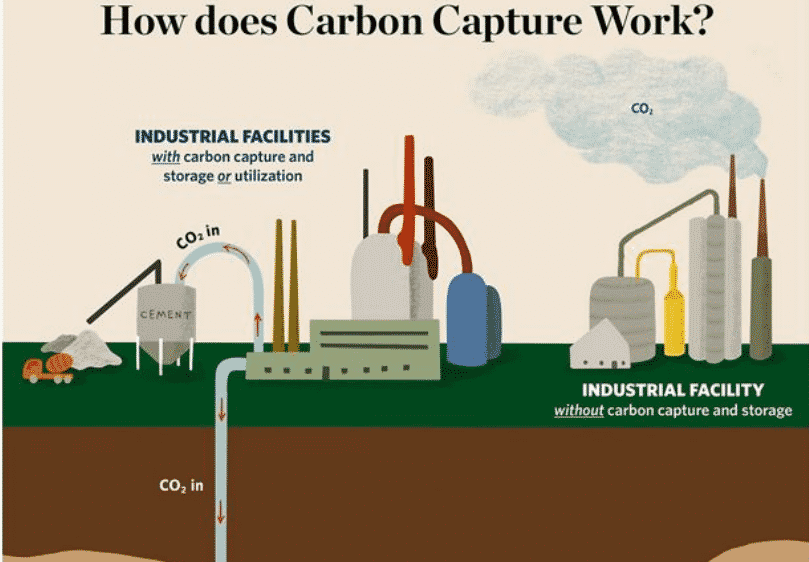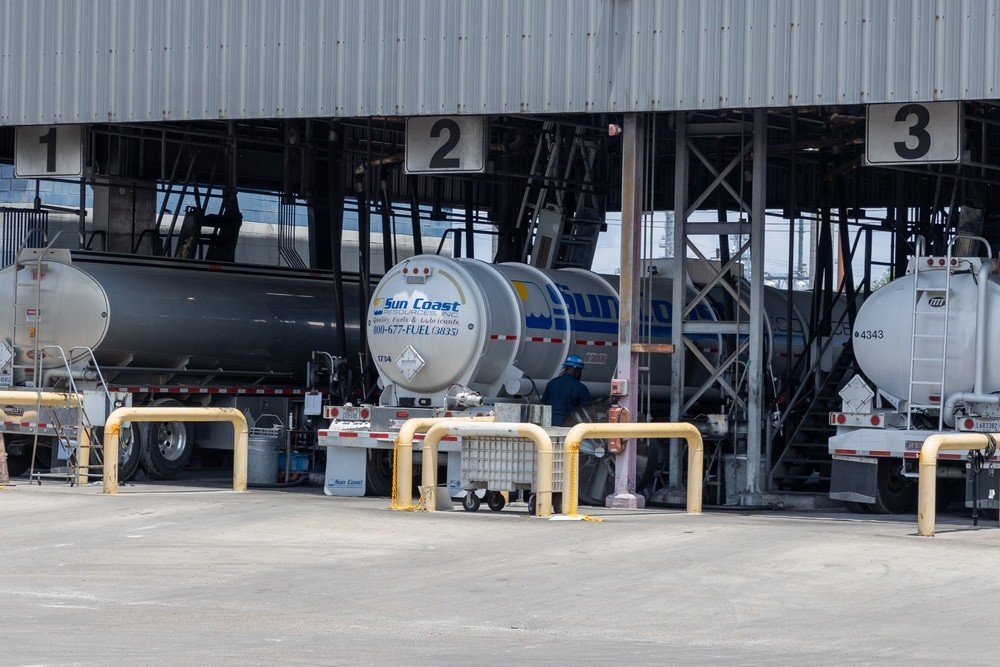Chevron Australia will invest a total of US$26 million (A$38m) to contribute to carbon capture and storage (CCS) research in Western Australia and Victoria.
The investment of the US-based energy giant seeks to advance knowledge in CCS technology to promote a lower carbon future.
The commitment comes as the Australian Petroleum Production & Exploration Association (APPEA) is calling on the Federal Government to consider more funding in new gas supply and emissions reduction measures in the 2023-24 Federal Budget. The group also calls for setting up a national carbon capture and storage roadmap.
Advancing Carbon Capture and Storage in Australia
Of the total commitment, US$15 million will go to the Barrow Dampier CCS Regional Study led by global tech firm SLB. The study will provide a 3D seismic and storage assessment to find new carbon capture and storage in the Carnarvon basin in Western Australia.
The remaining US$11 million will be for developing new infrastructure at the Otway International Test Centre in Victoria. The project is managed by the Australian CCS research organization CO2CRC. It will allow the testing of CO2 migration and validation of new modeling techniques for better CCS processes.

Chevron is a founding member of CO2CRC. Its funding will ensure that the test center stays as a critical national research infrastructure for applied research into CCS that supports Australia’s transition to net zero.
Michelle LaPoint, Chevron Australia’s general manager of asset development, said the company is committed to advancing CCS in Australia. LaPoint also noted that:
“Chevron has decades of operational experience, a proven track record of carbon-capture projects and is already deploying CCS technologies in locations across the globe, including at Gorgon in Western Australia, one of the world’s largest integrated CCS projects.”
Meeting Net Zero with CCS
The company’s VP had said that CCS has a crucial role in meeting net zero targets “in almost any scenario”. The firm has a target to bring its carbon emissions to net zero by 2050.
The energy giant’s experience has been reaffirming its confidence in the emissions reduction opportunities the CCS provides. The company believes that the technology is critical to cut emissions in hard-to-abate, energy-intensive industries.
In fact, Chevron bought stakes in three offshore carbon capture and storage projects in Australia spanning about 7.8 million acres.
Last year, the company joined the first-of-its-kind carbon capture and storage project to bury CO2 in the Gulf Coast’s seafloor. The project will be the first to store carbon offshore in the U.S.
In 2021, the energy firm dedicated a $10 billion dollar investment into low carbon business initiatives. Half of that budget is for reducing emissions from fossil fuel initiatives.
Chevron uses large-scale decarbonization hubs to reduce its own carbon emissions. The company partners with 3rd-party emitters and clients for carbon offset credits, green fuels, and hydrogen.
The two CCS projects in Australia, once completed, will satisfy Chevron’s expenditure commitments under a Good Standing Agreement between its affiliate company and the Joint Authority for the Commonwealth/South Australia offshore area for two exploration permits in the Great Australian Bight.

